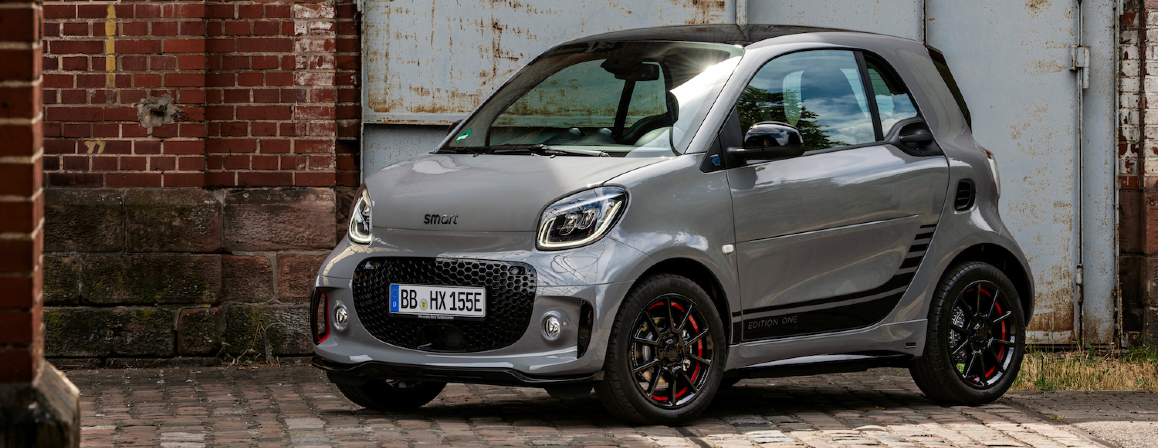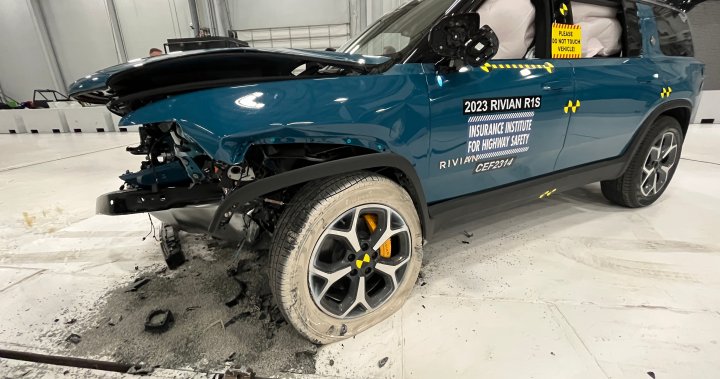The SUV trend itself, whether electric or ICE, is a problem. It means an overall heavier average vehicle weight of all vehicles on the road.
I think that people tend to underestimate the weight difference between EVs and their ICE counterparts.
‘To further complicate matters, weight gain is even more of an issue for EVs. The Detroit News recently noted that “the starting weight of an electric Hyundai Kona is 28% heavier than the gas-powered model, and the Nissan Leaf is 35% heavier than the starting weight of its gas-powered equivalent.”
With so much cutting-edge tech discussion concerning zero emissions and self-driving, a new motoring acronym, LACES, highlights a fundamental element of vehicle design that seems to have gone missing recently: weight. LACES stands for “lightweight, automated, connected, electric and shared”...

tide.theimi.org.uk
“[Jennifer] Homendy [chair of the U.S. National Transportation Safety Board] said electric models from Ford, Volvo and Toyota were all roughly 33 per cent heavier than the gas-powered versions of the same vehicles.”
"The occupants in the lighter vehicle are always going to come out worse," one expert says about growing electric vehicle safety fears.

globalnews.ca
.
But unlikely to stop the weight creep that’s been happening for decades. In general, we’ve been making cars heavier and heavier, regardless of whether they’re ICE or EV.
Lighter batteries are likely to spur a demand for longer ranges on EVs (regardless of what actual usage patterns require). Which means even bigger batteries.
In addition, lighter batteries will increase costs and prices in a market that’s seen a 10-20% price increase every year since 2019.
The average price of a new car sold in 2024: ~$67k.
The average price of a new car sold in 2019: ~$40
Despite this new car sales right now are still far behind pre-pandemic numbers and are trending downward. The reason why the SUV and truck markets have increased as a share and been marketed like crazy; they have bigger profit margins that help offset the drop in sales. Some manufacturers have dropped previously-successful low-margin subcompacts entirely in favour of higher margin SUVS.










